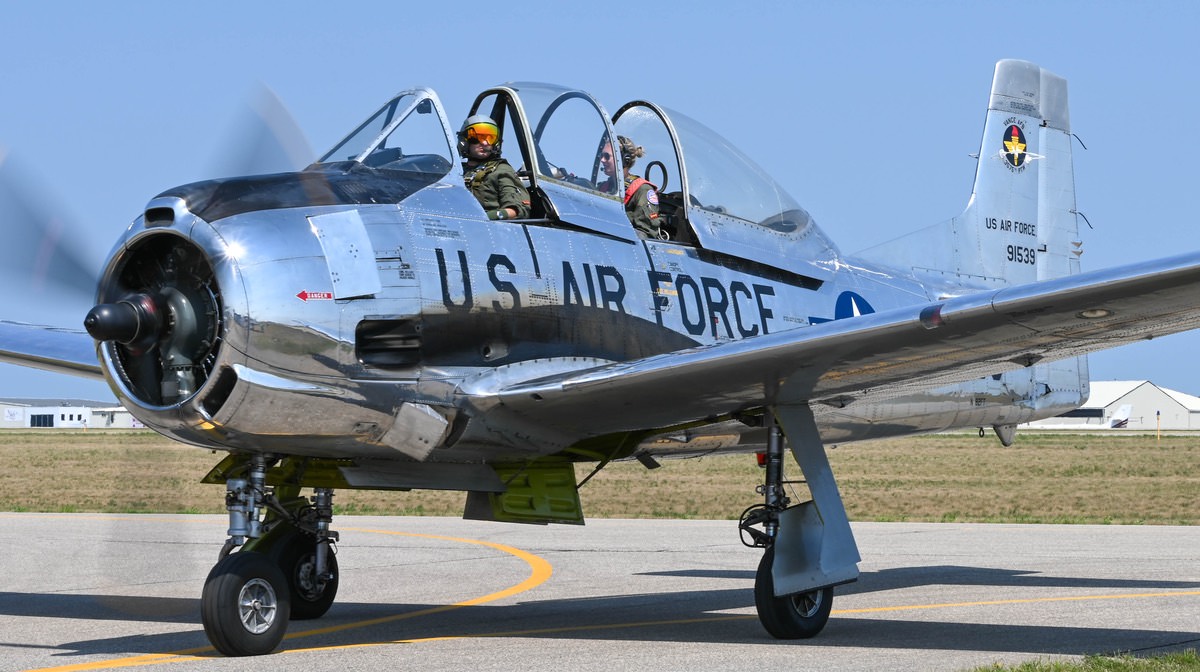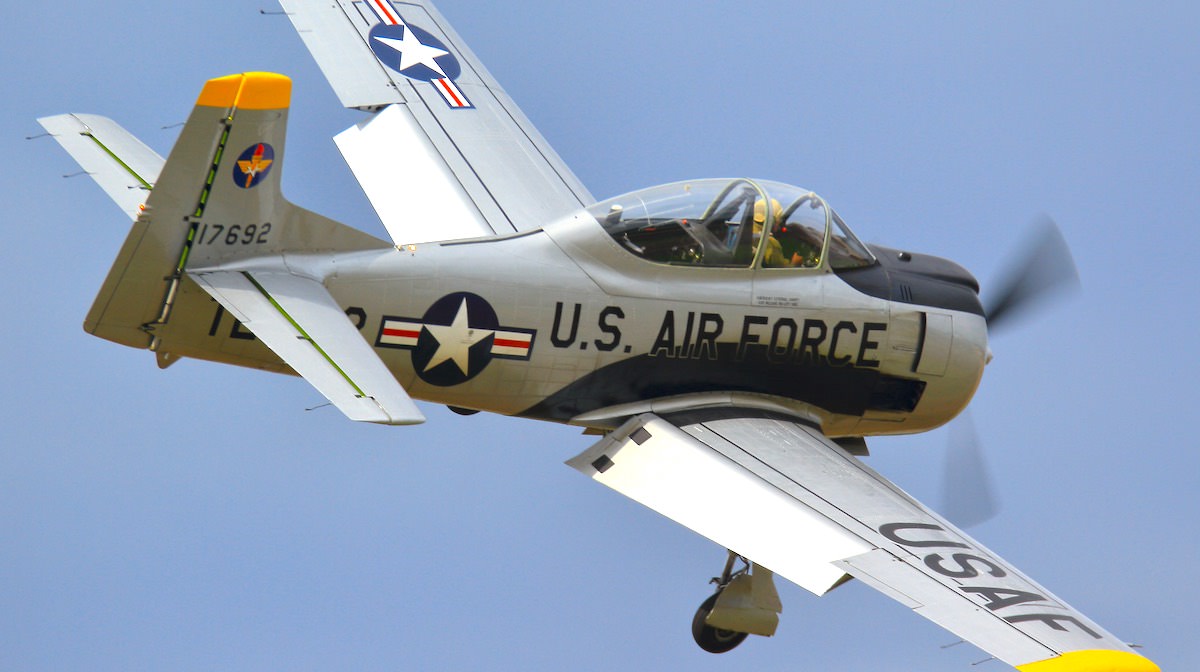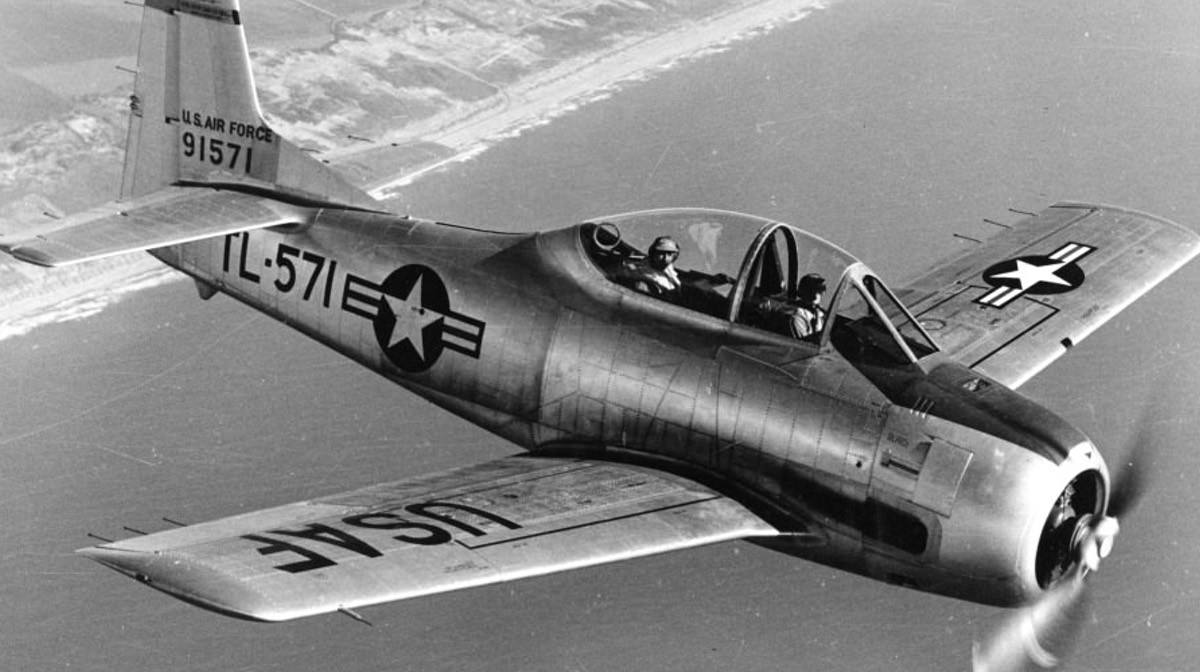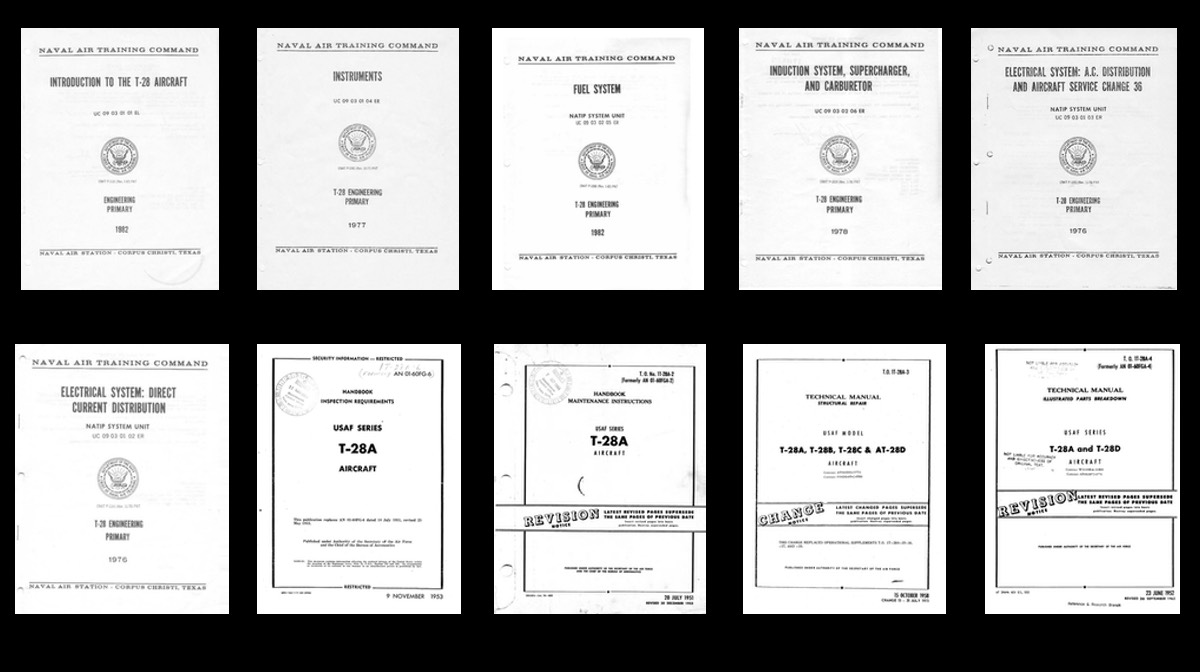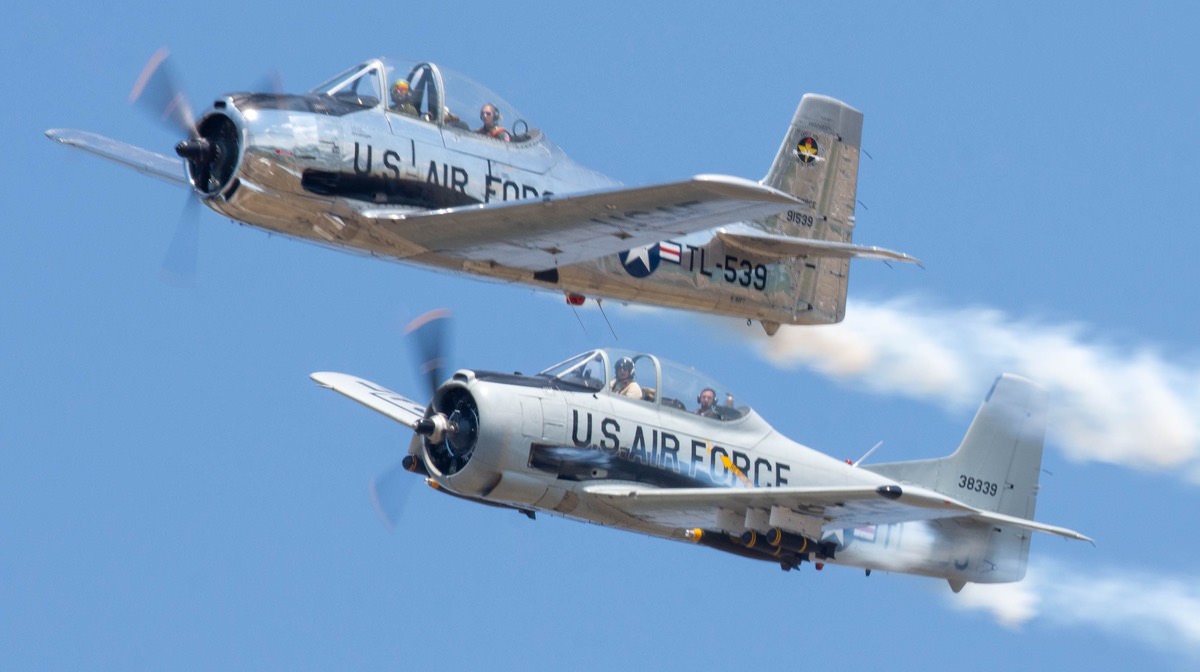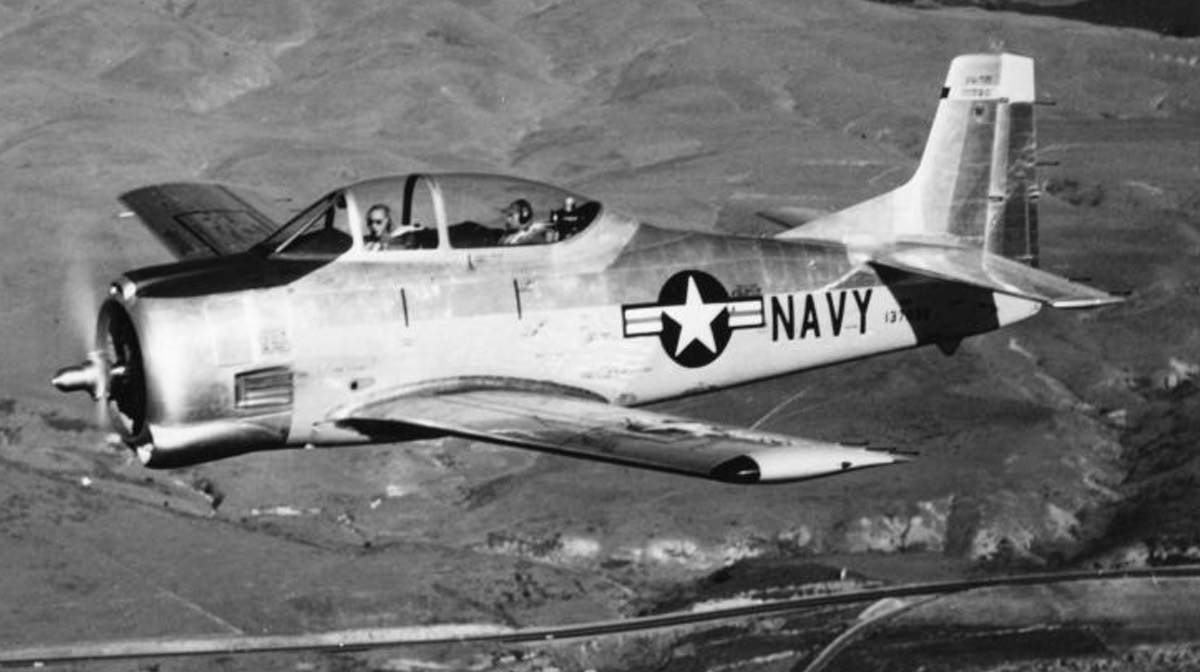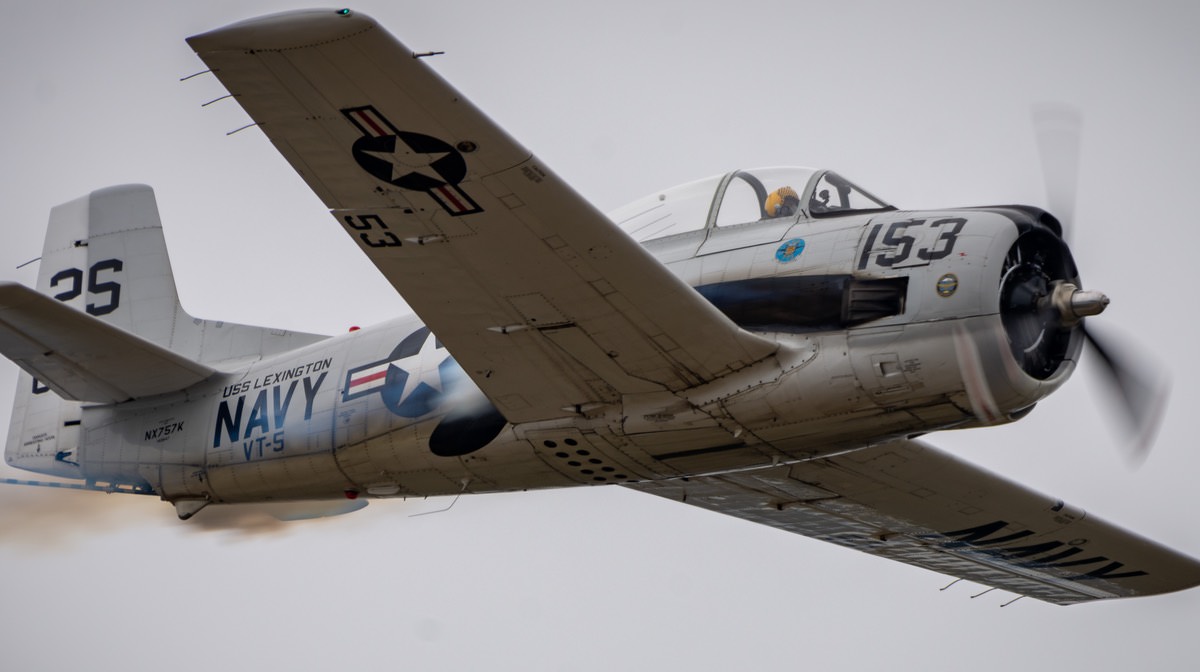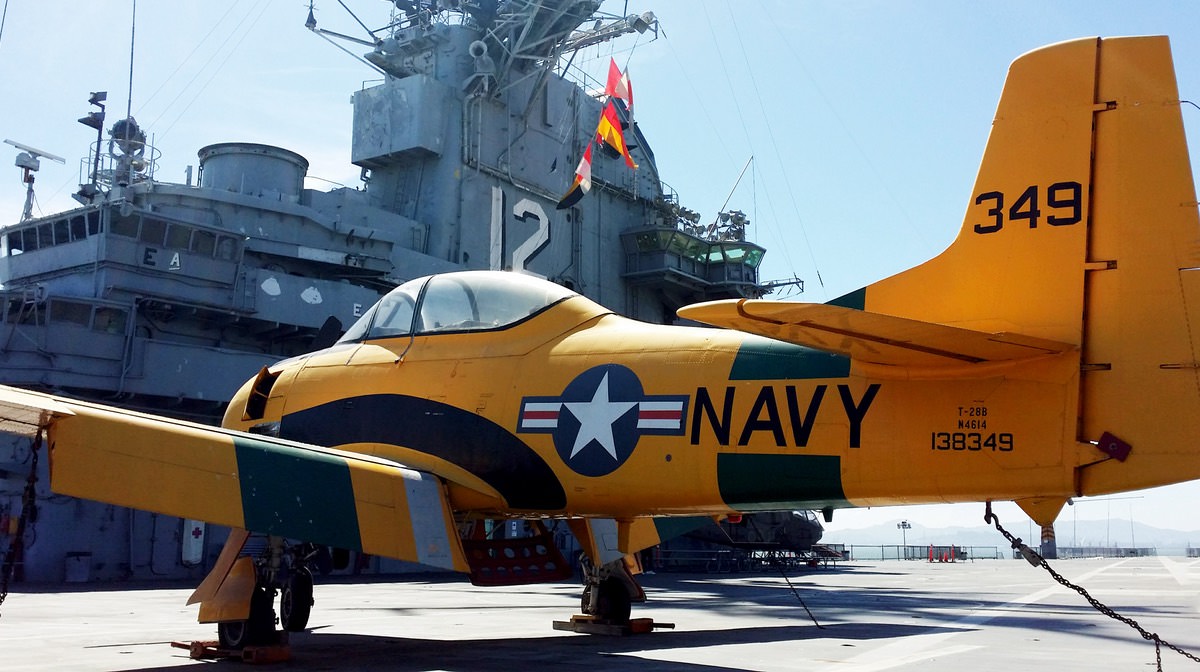Price: $34.95
- 3 magazines, 14 manuals, & photos
- PDF contains 3,456 pages
- Content is keyword searchable
- Print a personal copy
- Pay via PayPal or Credit Card
- International orders welcome!
- Download files upon payment
June 1987
- Carrier Borne, Part II
- EF-111 Radar Jammers
December 2001
- The Doomed P-40s of the 57th Pursuit GP
- 50 Years in the Cockpit with Combat/Test Pilot Bob Elder
- The Burnelli Flying Wings
June 2004
- US Air Force Test Pilot School – We fly with the Air Force’s best
- Jet Engines – The inside story
- Bristol Beaufighter – Was it Britain’s best attacker? Never before seen photos!
Manuals & Photos
- YAT-28E Flight Manual, North American
- T-28A Flight Manual, 1972
- T-28A Flight Operating Instructions, 1951
- T-28BC NATOPS Flight Manual, 1968
- T-28BC NATOPS Flight Manual, 1981
- T-28BCD Flight Manual Supplement, 1974
- T-28B/C NATOPS Pocket Checklist, 1972
- T-28 NATC Introduction, 1982
- T-28 NATC Instruments, 1977
- T-28 NATC Fuel System, 1982
- T-28 NATC Induction Supercharger Carburetor, 1978
- T-28 NATC Electrical System AC, 1976
- T-28 NATC Electrical System DC, 1976
- T-28A Inspection Requirements, 1953
- T-28A Maintenance Instructions, 1953
- T-28A/B/C/D Structural Repair, 1973
- T-28A/D Illustrated Parts Breakdown, 1963
- Over 150 North American T-28 Trojan photos
North American T-28 Trojan
T-28D Specifications
Variants
On Display
Videos
General Characteristics

- Crew: 2
- Length: 33 ft 0 in (10.06 m)
- Wingspan: 40 ft 1 in (12.22 m)
- Height: 12 ft 8 in (3.86 m)
- Wing area: 268.0 sq ft (24.90 m2)
- Aspect ratio: 6.0:1
- Empty weight: 6,424 lb (2,914 kg) (equipped)
- Max takeoff weight: 8,500 lb (3,856 kg)
- Powerplant: 1 × Wright R-1820-86 Cyclone 9-cylinder air-cooled radial engine, 1,425 hp (1,063 kW)
Performance
- Maximum speed: 343 mph (552 km/h, 298 kn) at 10,000 ft (3,000 m)
- Ferry range: 1,060 mi (1,710 km, 920 nmi)
- Service ceiling: 35,500 ft (10,800 m)
- Rate of climb: 3,540 ft/min (18.0 m/s)
Armament
- Hardpoints: 6 with a capacity of 1,200 lb (540 kg) total
XT-28
Prototype; two built.
T-28A
U.S. Air Force version with an 800 hp (597 kW) Wright R-1300-1 radial engine driving a two-bladed propeller; 1,194 built.
T-28B
U.S. Navy land-based trainer version with 1,425 hp (1,063 kW) Wright R-1820-86 radial engine driving a three-bladed propeller and fitted with a belly-mounted speed brake; 489 built from new and 17 converted from T-28.
T-28C
U.S. Navy version, a T-28B with shortened propeller blades and tailhook for carrier-landing training; 299 built.
T-28D Nomad
T-28Bs converted for the USAF in 1962 for the counter-insurgency, reconnaissance, search and rescue, and forward air controller roles in Vietnam. Fitted with two underwing hardpoints. The later T-28D-5 had ammo pans inside the wings that could be hooked up to hardpoint-mounted gun pods for a better center of gravity and aerodynamics; 321 converted by Pacific Airmotive (Pac-Aero).
- T-28 Nomad Mark I – Wright R-1820-56S engine (1,300 hp).
- T-28 Nomad Mark II – Wright R-1820-76A (1,425 hp)
- T-28 Nomad Mark III – Wright R-1820-80 (1,535 hp)
Fairchild AT-28D
Attack model of the T-28D used for Close Air Support (CAS) missions by the USAF and allied Air Forces in Southeast Asia, which were nicknamed “Tangos” by their pilots. It was fitted with six underwing hardpoints and the rocket-powered Stanley Yankee ejection seat; 72 converted by Fairchild Hiller.
YAT-28E
Experimental development of the counter-insurgency T-28D. It was powered by a 2,445 hp (1,823 kW) Lycoming YT-55L-9 turboprop, and armed with two .50 in machine guns and up to 6,000 lb (2,730 kg) of weapons on 12 underwing hardpoints. Three prototypes were converted from T-28As by North American, with the first model flying on 15 February 1963. The project was canceled in 1965.
T-28S Fennec
Ex-USAF T-28As converted in 1959 for use by the French Armée de l’Air, replacing the Morane-Saulnier MS.733A. It was flown by their Escadrilles d’Aviation Légère d’Appui (EALA; “Light Aviation Support Squadrons”) in the counterinsurgency role in North Africa from 1959 to 1962. Fitted with an electrically powered sliding canopy, side-armor, a 1,200 hp Wright R-1820-97 supercharged radial engine (the model used in the B-17 bomber), and four underwing hardpoints. It is referred to as the “S” variant because its engine had a supercharger on it; it has also been referred to as the T-28F variant – with the “F” standing for France.
For fire support missions it usually carried two double-mount .50-caliber machine gun pods (with 100 rounds per gun) and two MATRA Type 122 6 x 68mm rocket pods. It could also carry on paired hardpoints a 120 kg.[264 lb.] HE or GP “iron” bomb, a MATRA Type 361 36 x 37mm [1.45-inch] rocket pod, a SNEB 7 x 55mm [2.16-inch] rocket pod, or a MATRA Type 13 single-rail, MATRA Type 20 or Type 21 double-rail, MATRA Type 41 quadruple-rail (2 x 2), or MATRA Type 61 or Type 63 sextuple-rail (3 x 3) SERAM T10 heavy rocket launchers. Improvised napalm bombs (called bidons spéciaux, or “special cans”) were created by dropping gas tanks loaded with octagel-thickened fuel inside, then later igniting or detonating the spilled fuel with white phosphorus rockets.
Total 148 airframes bought from Pacific Airmotive (Pac Aero) and modified by Sud-Aviation in France. After the war the French government offered them for sale from 1964 to 1967. They sold most of them to Morocco and Argentina. The Fuerza Aérea de Nicaragua (FAN) purchased four of these ex-Morocco aircraft during 1979. Argentina later sold some to Uruguay and Honduras.
T-28P
T-28S Fennec aircraft sold to the Argentinian Navy as carrier-borne attack aircraft. They were given shortened propeller blades and a tailhook to allow carrier landings.
T-28R Nomair
An attempt by Hamilton Aircraft Company of Tucson, Arizona to make a civilianized Nomad III-equivalent out of refurbished ex-USAF T-28As. It had a Wright Cyclone R-1820-80 engine to make it fast and powerful, but had to lengthen the wingspan by seven feet to reduce the stall speed to below a “street-legal” 70 knots. The prototype flew for the first time in September, 1960, and the FAA Type Certificate was received on 15 February 1962. At the time, the T-28-R2 was the fastest single-engined standard category aircraft available in the United States. It had been flown to a height of 38,700 ft. [11,800 m].
T-28R-1 Nomair I
A military trainer that had a tandem cockpit, dual instrumentation and flying controls, and hydraulically-actuated rearward-sliding canopy. Six were sold in 1962 as carrier-landing trainers to the Brazilian Navy and were modified with a carrier arrestor hook. They were later transferred to the Brazilian Air Force.
T-28R-2 Nomair II
Modified to have a cramped five-seater cabin (one pilot and two rows of two passengers) that opened from the port side. Ten aircraft were modified in all; one was sold to a high-altitude photographic company.
RT-28
Photo reconnaissance conversion for counter-insurgency use with Royal Lao Air Force. Number of conversions unknown.
AIDC T-CH-1
A derivative of the T-28 developed by AIDC in Taiwan, the AIDC T-CH-1 was powered by a 1,082 kW (1,451 hp) Avco Lycoming T53-L-701 turboprop engine. Fifty aircraft were produced for the Taiwanese Air Force between March 1976 and 1981. The type has since been retired.
Many T-28s are on display throughout the world. In addition, a considerable number of flyable examples exist in private ownership, as the aircraft is a popular sport plane and warbird.
Argentina
- On display
- T-28A
- S/N 174112 (ex USAF 51-3574), formerly operated by the Argentine Air Force as E-608. Preserved at the Museo Regional Inter Fuerzas, Estancia Santa Romana, San Luis.
- C/N° 174333 (ex-USAF 51-3795), formerly operated by the Argentine Naval Aviation. Preserved at the Argentine Naval Aviation Museum.
Australia
- On display
- T-28A
- 49-1583 – Australian Aviation Museum, Bankstown Airport, New South Wales, Australia.
- T-28 TROJAN 50-221 “LITTL JUGGS”. Toowoomba Australia
T 28B Bu 140016, Located at Jandakot Airport in Western Australia. Owned by AOG Services and registered as VH-KAN. Imported from the USA in 2014 and formerly N46984.
Taiwan
- On display
- T-28A
- 51-3664 – Chung Cheng Aviation Museum, Taipai Airport, Taiwan.
Thailand
- On display
- T-28A
- 49-1538 – Prachuap Khiri Khan AFB in Bangkok, Thailand.
- 49-1601 – Don Muang Royal Thai Air Force Base, Bangkok, Thailand.
- 49-1687 – Loei Airport, Loei Province, Thailand.
- 51-3480 – Udorn Royal Thai Air Force Base, Thailand.
- 51-3578 – Chiang Mai AFB, Thailand.
- 51-3740 – Don Muang Royal Thai Air Force Base, Bangkok, Thailand.
- 153652 – National Memorial, Bangkok, Thailand.
- T-28B
- 137661 – Royal Thai Air Force Museum, Bangkok, Thailand.
- 138157 – Royal Thai Air Force Museum, Bangkok, Thailand.
- 138284 – Royal Thai Air Force Museum, Bangkok, Thailand.
- 138302 – Lopburi AFB, Thailand.
United Kingdom
- On display
- T-28C
- 146289 – Norfolk & Suffolk Aviation Museum, Flixton, The Saints, United Kingdom.
United States
- On display
- T-28A
- 49-1494 – National Museum of the United States Air Force at Wright-Patterson AFB in Dayton, Ohio. The aircraft is painted as a typical Air Training Command T-28A of the mid-1950s. It was transferred to the museum in September 1965. It is on display in the museum’s Cold War Gallery.
- 49-1663 – Hurlburt Field, Florida.
- 49-1679 – Reese AFB, Texas.
- 49-1682 – Laughlin AFB, Texas.
- 49-1689 – Vance AFB, Oklahoma.
- 49-1695 – Randolph AFB, Texas.
- 50-0300 – Dakota Territory Air Museum, Minot, North Dakota.
- 51-3612 – Museum of Aviation, Robins Air Force Base, Warner Robins, Georgia.
- 51-7500 – Olympic Flight Museum, Olympia, Washington.
- T-28B
- 137702 – Air Force Flight Test Center Museum, Edwards AFB, California.
- 137749 – Hill Aerospace Museum, Hill Air Force Base, Utah
- 137796 – Naval Air Station Anacostia, Washington, DC.
- 138144 – Naval Air Station Whiting Field, Florida.
- 138164 – Actively flying and performing in airshows with the Trojan Phlyers in Dallas, TX.
- 138192 – Aviation Heritage Center of Wisconsin, Sheboygan Memorial Airport, Sheboygan, WI
- 138247 – War Eagles Air Museum in Santa Teresa, New Mexico.
- 138263 – Actively flying and based at KRLD Richland Airport, Richland, WA
- 138311 – Air Heritage Aviation Museum in Beaver Falls, Pennsylvania
- 138326 – National Naval Aviation Museum, Naval Air Station Pensacola, Florida
- 138339 – Owned by Skydoc 1989–present (2019) Springfield, Illinois performing with the Trojan Horsemen 2003-2017, and Trojan Thunder 2017–present.
- 138349 – USS Hornet Air and Space Museum Alameda, California
- 138353 – on a pole at Milton, Florida.
- 140047 – Actively flying and performing in airshows with the Trojan Phlyers in Dallas, TX.
- 140048 – National Museum of the United States Air Force at Wright-Patterson AFB in Dayton, Ohio.
- T-28C
- 138245 – WarBird Museum of Virginia in Chesterfield, Virginia.
- 138311 – Air Heritage Museum in Beaver Falls, Pennsylvania.
- 140451 – Middleton Field in Evergreen, Alabama
- 140454 – Battleship Cove in Fall River, Massachusetts.
- 140481 – Pima Air & Space Museum adjacent to Davis-Monthan AFB in Tucson, Arizona.
- 140557 – Naval Air Station Wildwood Aviation Museum, Cape May Airport, Rio Grande, New Jersey.
- 140659 – Southern Museum of Flight, Birmingham, Alabama.
- YAT-28E
- 0-13786 – Private collection, Port Hueneme, California. One of two surviving air-frames, currently in storage awaiting restoration.



